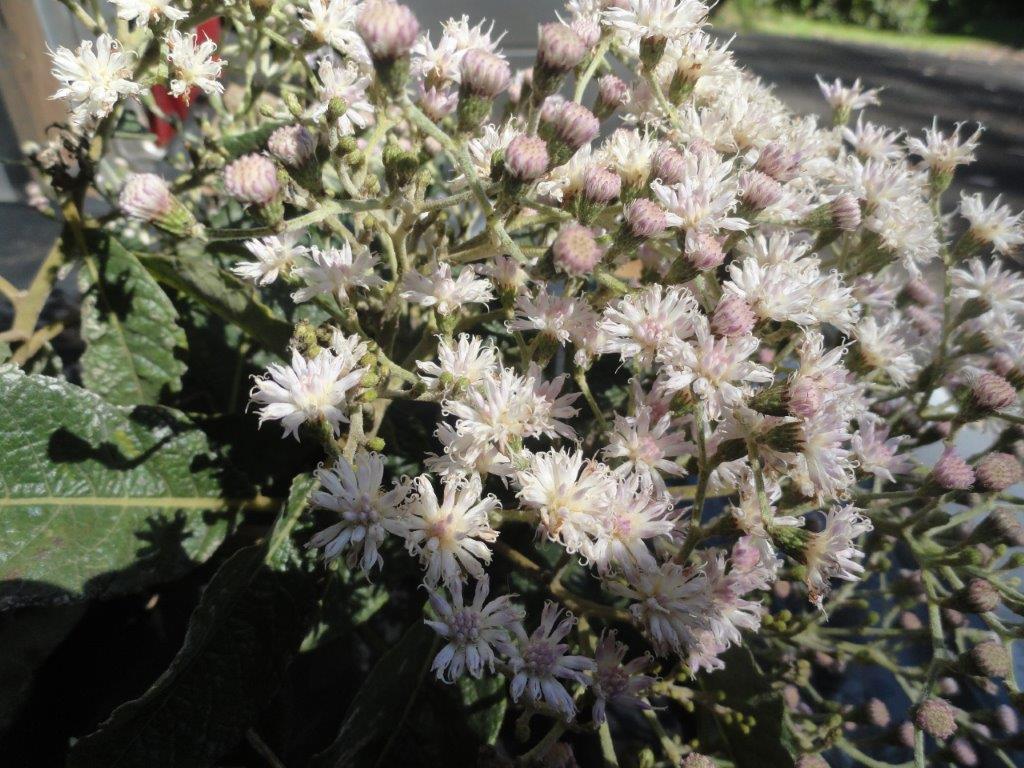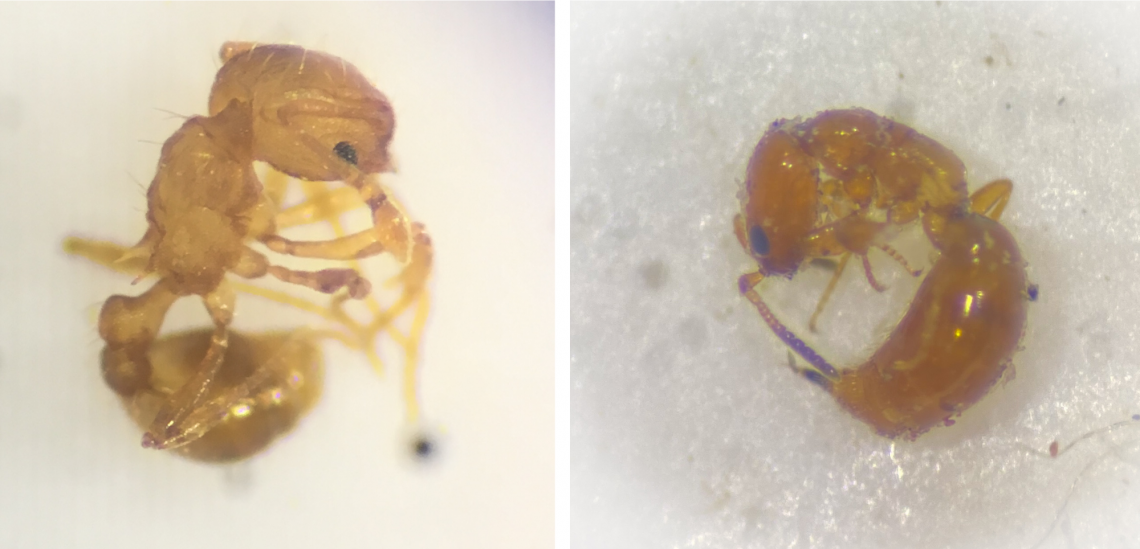Retired state forester Bob Hobdy knows his trees. So, when he was driving through his Haʻikū neighborhood earlier this summer…
Read More
643-PEST
The Case of the Stinging Hitchhiker
In March of this year, a Lahaina couple reported a stinging but slow-moving, tiny ant- armed with a large stinger…
Read More
Protecting Māmaki From Invasive Species
The Kamehameha butterfly, the state insect of Hawaiʻi, is found nowhere else in the world and neither is the plant…
Read More



